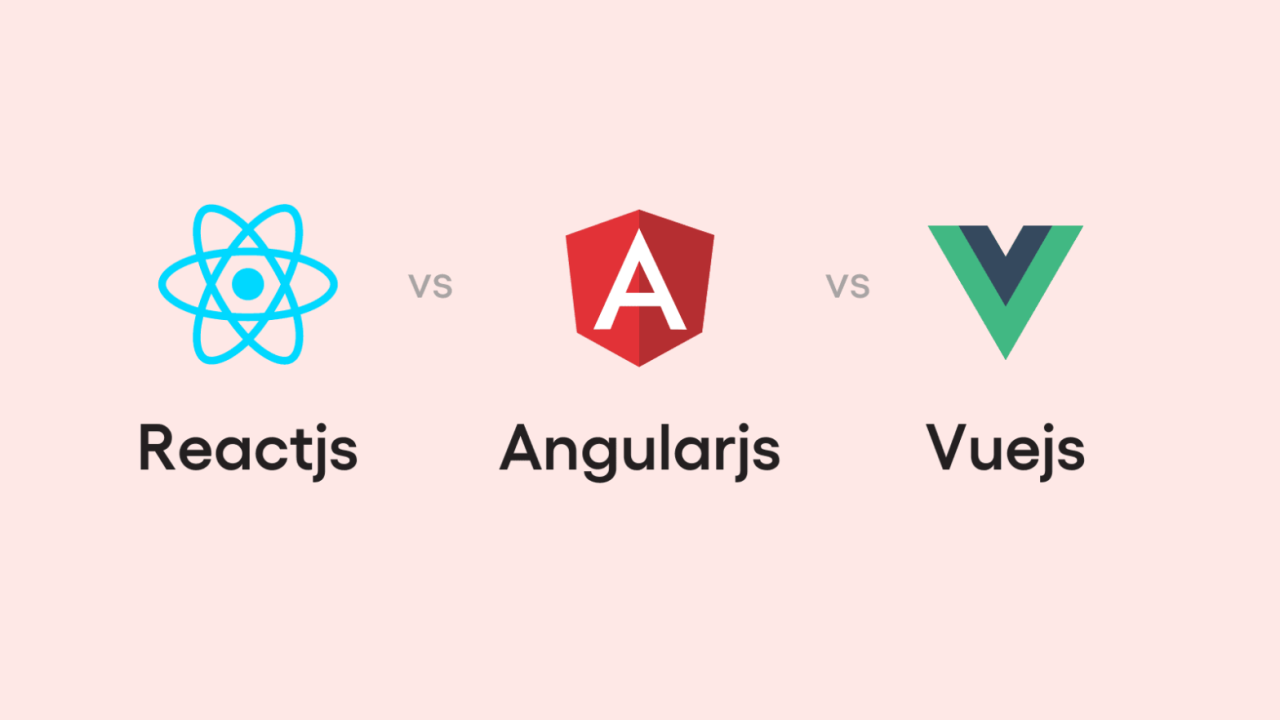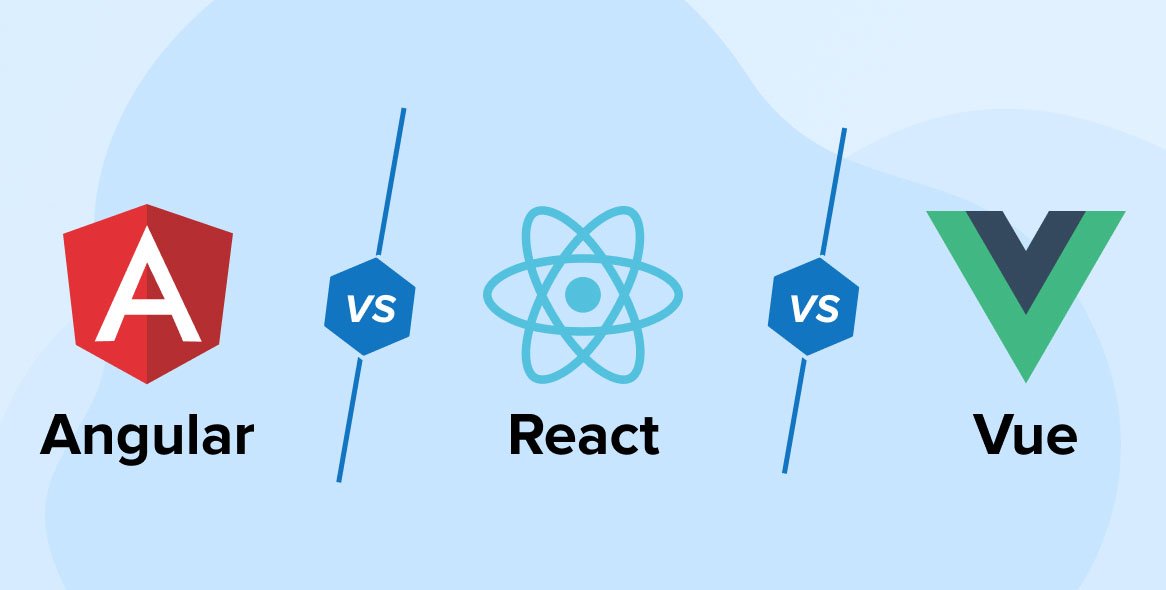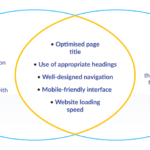How to Choose Between Web Development Frameworks: React vs Angular vs Vue
When it comes to modern web development, choosing the right JavaScript framework is critical for the success of your project. React, Angular, and Vue are three of the most popular frameworks, each offering unique features, advantages, and limitations. But how do you know which one to choose for your next project? This guide will help you understand the key differences between React, Angular, and Vue, so you can make an informed decision based on your project’s needs, team experience, and future scalability.
What Are JavaScript Frameworks and Why Do They Matter?
JavaScript frameworks like React, Angular, and Vue are collections of pre-written JavaScript code that help developers build interactive, dynamic websites and applications. They offer solutions to common challenges such as DOM manipulation, routing, and state management. These frameworks provide structure and reusable components, making the development process faster and more efficient.
Choosing the right framework can impact:
- Development speed and ease of use
- Performance and scalability of the app
- Developer productivity and team collaboration
- Long-term maintenance and updates
Now, let’s break down the features and advantages of each framework.
React: A Component-Based Library for UI Development
Overview:
React is a JavaScript library developed by Facebook for building user interfaces. While it’s often called a framework, it’s technically a library for creating single-page applications (SPAs) with reusable UI components. React focuses on the “view” aspect of the Model-View-Controller (MVC) architecture.

Key Features:
- Component-Based: React breaks down the UI into independent, reusable components, making it easier to manage and scale large applications.
- Virtual DOM: React uses a virtual DOM to update only parts of the page that have changed, resulting in faster rendering and improved performance.
- Strong Ecosystem: React has a vast ecosystem, including a variety of libraries for routing, state management, and data fetching (e.g., React Router, Redux, Axios).
- Large Community and Support: React has an enormous community of developers, with extensive resources, tutorials, and third-party tools.
When to Use React:
- Ideal for building SPAs with dynamic and responsive user interfaces.
- Best for projects that require frequent updates to the UI or complex data-driven interfaces.
- Suitable for teams with JavaScript expertise who want flexibility and control over how they structure the application.
Pros:
- Easy to learn for developers familiar with JavaScript.
- Lightweight and flexible.
- High performance thanks to the virtual DOM.
- Large community and robust ecosystem.
Cons:
- Not a full-fledged framework—requires third-party libraries for features like routing and state management.
- May require more boilerplate code compared to Angular or Vue.
Angular: A Full-Featured Framework for Large-Scale Applications
Overview:
Angular is a comprehensive web framework developed by Google. Unlike React, Angular is a full-fledged framework that offers everything needed to build large-scale, enterprise-level applications. It follows a modular approach and provides a lot of built-in functionality, including data binding, form handling, and routing.
Key Features:
- Two-Way Data Binding: Angular uses two-way data binding, meaning changes in the model are automatically reflected in the view and vice versa. This reduces the need for manual DOM manipulation.
- TypeScript Support: Angular is built using TypeScript, a superset of JavaScript that adds static typing. TypeScript’s features like type checking and object-oriented patterns can make large applications easier to manage.
- Comprehensive Tooling: Angular comes with a powerful CLI (Command Line Interface) that helps developers with project setup, testing, building, and deployment. It also includes features like lazy loading and a built-in router.
- Dependency Injection: Angular’s dependency injection system simplifies the management of services and dependencies, improving code modularity and testability.
When to Use Angular:
- Ideal for building large-scale applications with complex business logic and numerous components.
- Best for projects that require built-in solutions for routing, form validation, state management, and testing.
- Suitable for teams with TypeScript experience or those working on enterprise-level apps that need strong scalability and maintainability.
Pros:
- A complete framework that provides a wide range of built-in tools and features.
- TypeScript support improves code quality and maintainability.
- Well-suited for large applications with many moving parts.
Cons:
- Steeper learning curve, especially for beginners.
- Heavier and more complex compared to React and Vue, which can affect performance.
- Requires understanding of TypeScript, which may not be familiar to all developers.
Vue: A Progressive Framework for Building UIs
Overview:
Vue is a progressive JavaScript framework that can be used for building user interfaces and single-page applications. Unlike React and Angular, Vue is designed to be incrementally adoptable, meaning you can use as much or as little of Vue as you need.
Key Features:
- Simplicity and Flexibility: Vue has a gentle learning curve and is easy for new developers to pick up. It’s lightweight, flexible, and can be integrated into existing projects incrementally.
- Single-File Components: Vue uses single-file components, which encapsulate HTML, CSS, and JavaScript in one file, making it easier to manage and scale applications.
- Reactivity System: Vue uses a reactive data-binding system that automatically updates the view when data changes, similar to Angular’s two-way data binding but with better performance.
- Extensive Documentation: Vue has excellent documentation that makes it easy for developers to get started and quickly build projects.
When to Use Vue:
- Best for developers who want a balance between flexibility and structure.
- Ideal for building smaller to medium-sized applications that need to be easily scalable.
- A great option for projects that require quick development and good performance without the complexity of Angular.
Pros:
- Easy to learn and integrate into existing projects.
- Lightweight and performant, especially for smaller apps.
- Provides flexibility while still offering robust tools like Vue Router and Vuex for state management.
- Excellent community support and documentation.
Cons:
- Smaller ecosystem compared to React and Angular, although it is growing rapidly.
- Less enterprise adoption compared to Angular, which may affect long-term job prospects for developers.
- Limited third-party tools and libraries compared to React and Angular.
Which Framework Should You Choose?
Ultimately, the choice between React, Angular, and Vue depends on the specific needs of your project and the expertise of your team. Here’s a quick guide to help you decide:
- Choose React if:
- You need a lightweight, flexible framework for building dynamic user interfaces.
- You’re building a single-page application (SPA) or a web app with frequent UI updates.
- Your team is comfortable with JavaScript and prefers building with libraries.
- Choose Angular if:
- You’re developing large-scale, complex applications with many features.
- You prefer a full-fledged framework with built-in solutions for routing, state management, and form handling.
- Your team is experienced with TypeScript and prefers a more structured approach.
- Choose Vue if:
- You want a progressive, flexible framework that’s easy to learn and implement.
- You’re working on a smaller to medium-sized application or need to add interactivity to an existing project.
- You want simplicity without sacrificing performance or scalability.
Conclusion
React, Angular, and Vue are all powerful frameworks with distinct features and advantages. Choosing the right one depends on your project requirements, team experience, and long-term goals. By evaluating the pros and cons of each framework and understanding your specific needs, you can make an informed decision and set your project up for success. Whether you opt for React’s flexibility, Angular’s comprehensive tooling, or Vue’s simplicity, each of these frameworks will help you build modern, high-performance web applications.



